Little Big Horn (1951)
“None of us is in any condition to ride 50 miles — let alone 250 — through what’s between us and the 7th; but we’re gonna do it.”
|
Synopsis: |
|
Genres, Themes, Actors, and Directors:
Review: We learn that tensions between these two men will understandably be running high, making an already dangerous and uncertain military mission even more fraught. Is Bridges assigning tasks to Ireland out of spite and anger — or is he keeping military protocol and best practices at the forefront of his decision making? The bulk of the film is spent exploring issues of trust and leadership, as the cavalry members ride their horses over rocky terrain and worry about Sioux hiding behind every boulder. The most interesting scenes show how the men negotiate positions and tasks — i.e., Major Grierson (Reed Hadley) attempting to volunteer to “ride point” (“I’m not a brave man, but the others have got a reason for getting back to the fort”) : … and the eventual resolution of the situation by “cutting high card to see who rides out in front”, with various men either eager to “win” or relieved to draw low: Indeed, once the romantic subplot involving Windsor is (mostly) cut from the storyline, things shape into a reasonably taut tale of doomed heroism and duty (we already know things won’t end well for this crew). Fans of American military historical dramas and/or westerns may be curious to check this one out, though it’s not must-see viewing for all. Notable Performances, Qualities, and Moments: Must See? Links: |
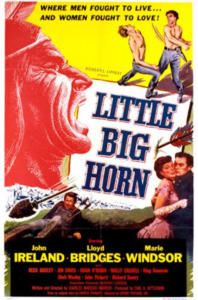
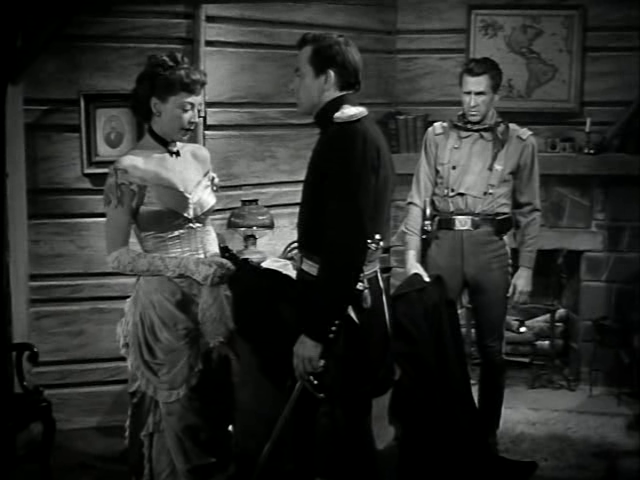
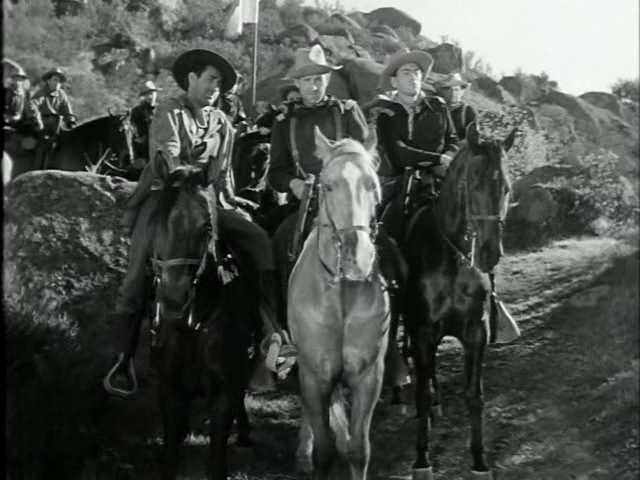
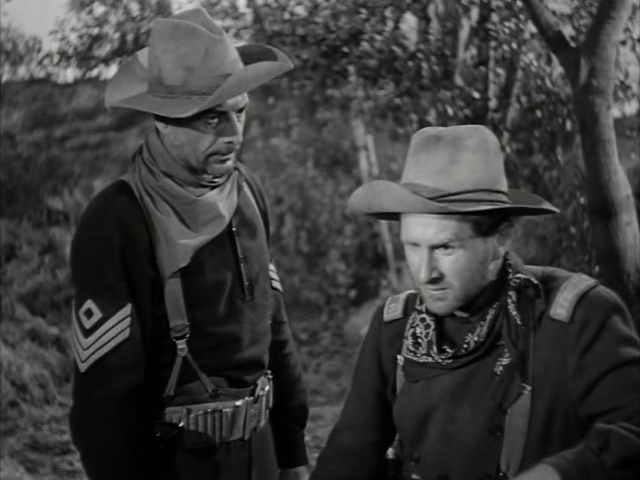

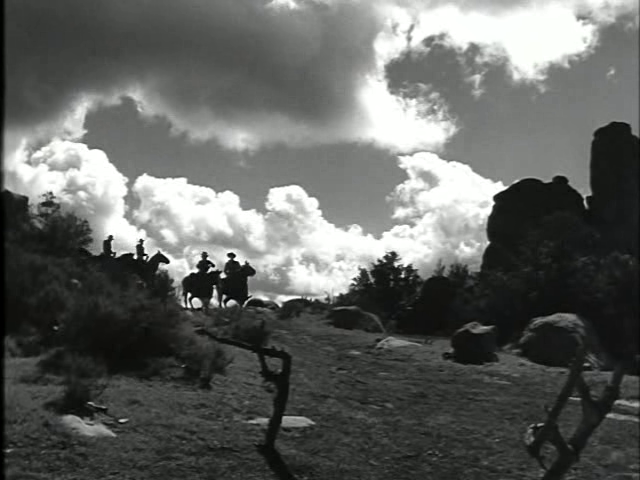

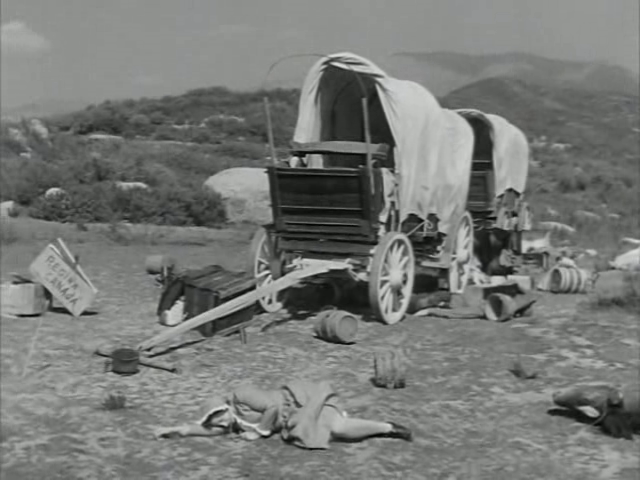
One thought on “Little Big Horn (1951)”
First viewing. Not must-see.
~ however, the storyline is engaging throughout and the performances are refreshingly natural.